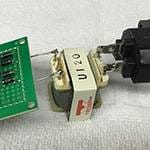This time, although it’s niche content, I would like to write about how to process mental cases used when making your own effect pedals and so on.
At Sound House, we offer cases that are often used for DIY effects pedals.
I am sure there are many guitarists and bassists who recognize this case.
Often, Takachi cases are also used for handmade effect pedals on the market.
It is no exaggeration to say that Takachi's cases are the perfect size, robust, and are easy to process as a cabinet for effect pedals.
Robustness and ease of processing are due to the fact that it is made of die-cast aluminum.
Die-cast aluminum is a casting method in which alloys of aluminum, zinc, magnesium, and other materials are melted at a high temperature and poured into a mold. This means that it combines the lightness and workability of aluminum with the robustness of the alloy.
Although I mentioned that it is easier to process than other metals, the metal processing requires tools, knowledge, and skills. If these are not sufficient, there is a risk of damage to the case or tools, which may even cause injury. To prevent this from happening, I will explain the necessary tools and processing methods.
Here I will show you the necessary tools and also explain how to use the tools.
Center Punch
The first tool I will introduce is this one.

The center punch is a tool that marks the spot where you want to drill a hole.

Let's try to actually make an indentation.
Place a hammer on the spot where you want to make an indentation and tap it lightly with a hammer.

Can you see the indentations?
This small indentation prevents the blade from slipping.
Drill Blades for Ironworking

Drill blades for drilling holes. It is convenient to have a range of sizes from about 3 mm so that they will not be mistaken for woodworking blades.
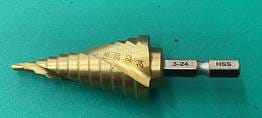
There are also step drills, which are drill blades that expand the hole in stages.
Drilling Machine, Electric Screwdriver


This tool is used to install the drill blade.
The drilling machine is for stability and the electric screwdriver is for ease of use and each has its own advantages.
Here is something to keep in mind. Both drilling machines and electric screwdrivers should have varied rotational speeds, but when processing metal, use a low rotational speed. If you try to drill holes in metal at high speed, the drill blade and case will be damaged.
The case side should be secured with a clamp to prevent it from moving. Otherwise, if drilling fails, debris or the case may be caught in the rotation and fly off, resulting in injury.
Let's now drill a hole.


Place the drill blade in the indentation made by the center punch and drill the hole slowly. Be careful not to apply a sudden load as it may break the drill blade.
The trick is to start with a small diameter hole and then expand to a larger diameter. If the diameter is too small, the drill blade is likely to break, so it is best to start with a diameter of about 3 mm. Do not forget to apply cutting oil.
Taper Reamer, Steel File


The last two tools are the taper reamer and the steel file.
Both tools are used for deburring holes and expanding holes.
It is recommended to have them because it is quite common to have a drill blade that is not the right size.
This was a brief introduction of how to drill holes in die-cast aluminum cases.
Please be careful of accidents and injuries when using tools.





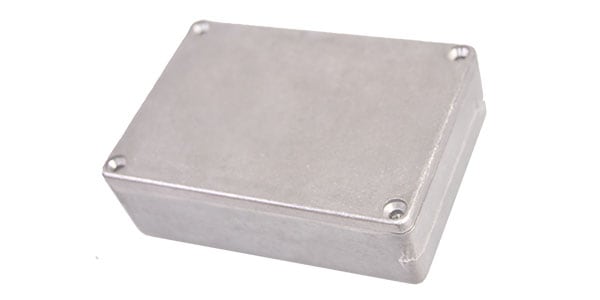
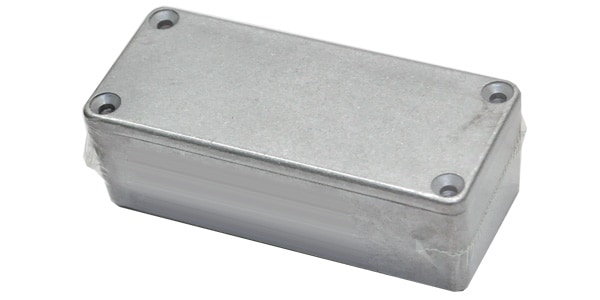




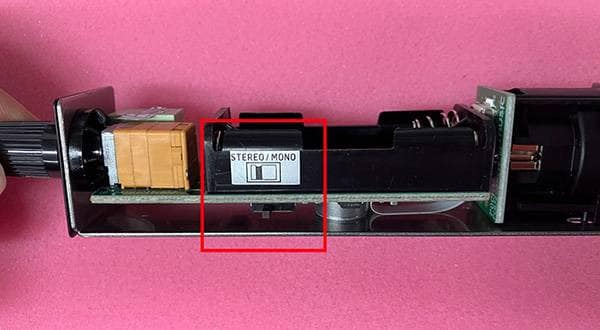

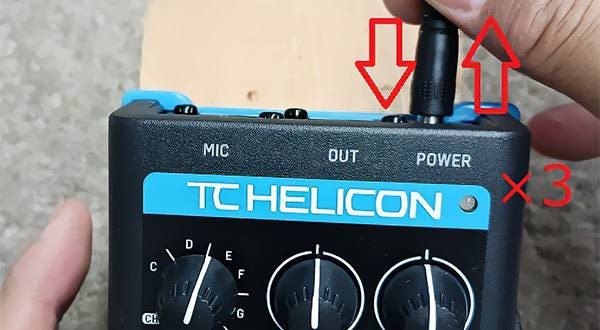
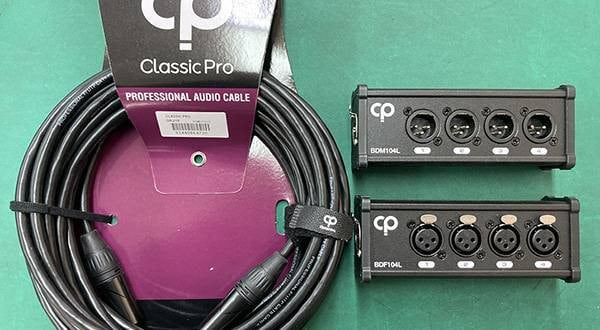
![How to Make a Shielded Cable for Beginners - An Easy-to-Understand Guide on Soldering [Short Plug]](/contents/uploads/thumbs/2/2022/8/20220809_2_18915_1.jpg)

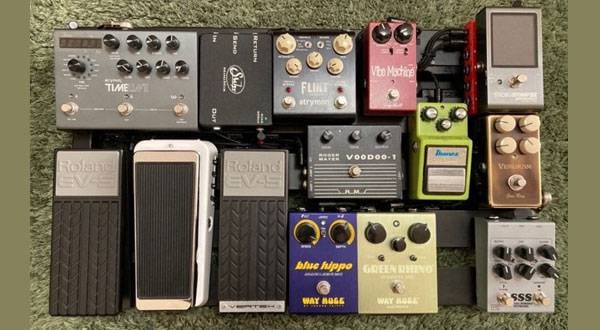
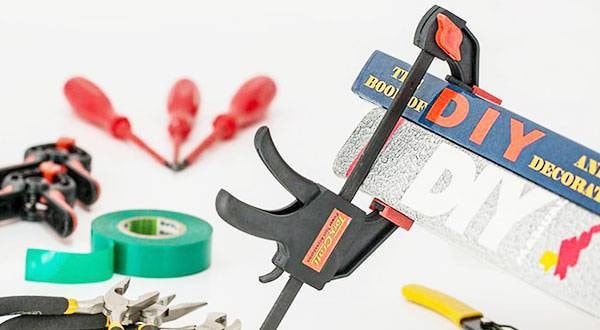
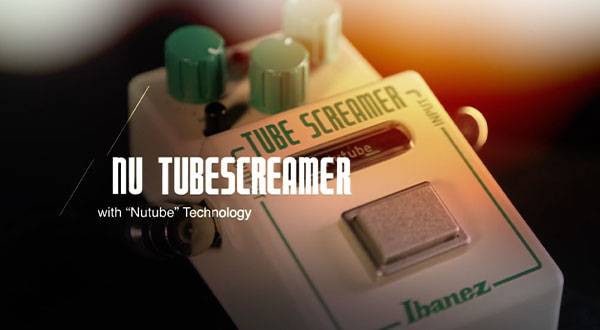
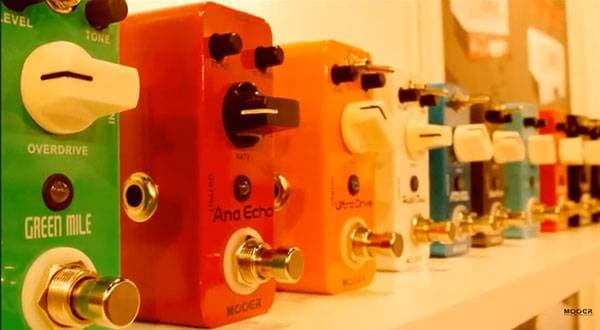
 第2弾 あなたのエフェクターボード見せてください
第2弾 あなたのエフェクターボード見せてください
 【初心者向け】エフェクター講座
【初心者向け】エフェクター講座
 あなたのエフェクターボード見せてください
あなたのエフェクターボード見せてください
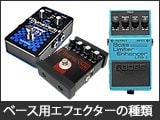 ベース用エフェクターの種類
ベース用エフェクターの種類
 エフェクターのつなぎ方
エフェクターのつなぎ方
 エフェクターの種類
エフェクターの種類
